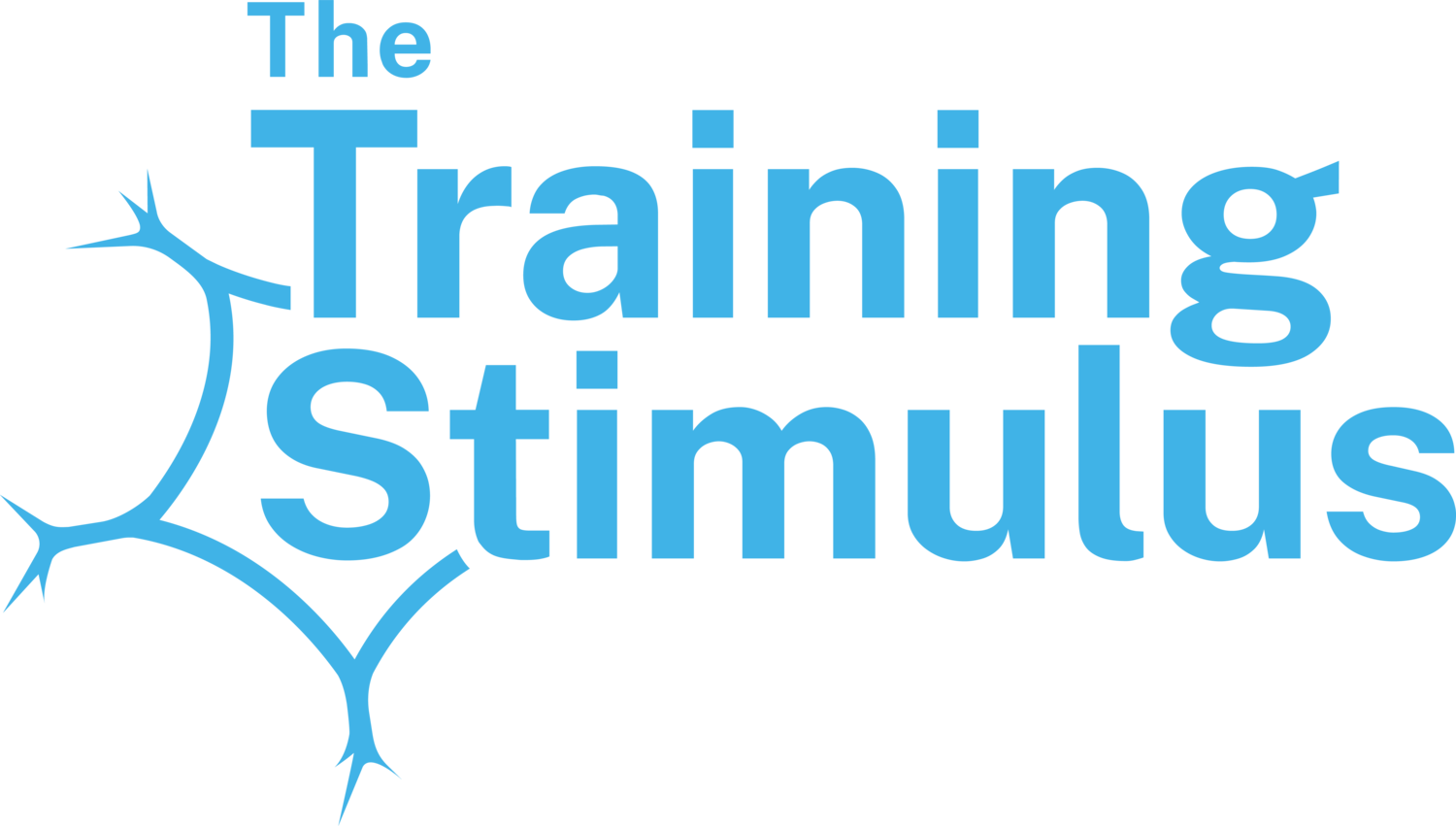Chiro Is Good, but Not Good Enough
“Chiro is good, but not good enough”
Chris the Chiro said to me just before signing up to the mentorship.
It’s something I’ve thought for a long time, but he put it better than I ever could.
The traditional healthcare options all have pros and cons, strengths and weaknesses.
Physio, Chiro, Osteo, Sports Therapy, Massage
We’ve had several of each on the mentorship, because they recognised the limitations of their practice.
Usually this means being great at treating symptoms, but not so good at root causes.
Patients feel better, then the issue returns shortly afterwards.
There’s that pang of guilt when they come back, knowing you haven’t really fixed what they’re paying you for.
Then the fear that if this continues, they might never come back.
The sharp professionals notice this trend, and want more. For themselves and their patients.
They realise there is a big gap between the treatment they offer and getting someone fully back to where they want to be.
The rehab-return-to-sport gap.
Unfortunately the traditional healthcare options aren’t well suited to fill this void.
Short appointment times.
Lack of strength and conditioning education.
Focus on localised areas, not the body as a system.
Generic rehab exercises that don’t carryover to the client’s specific goals.
The professionals that spot these trends realise that to offer the service they want, they have to expand their knowledge beyond the single field they originally studied.
I’m obviously biased, but to me movement is the fundamental currency for all rehab and training.
It helps smooth over the gaps from treatment back to full training.
When new mentees sign up, they have several “click” moments.
Things start to make sense.
They start to offer something rare in the market, being an early adopter of this combined approach, they have a head start on everyone else.
The results start improving.
The referrals start flowing.
They always just wish they’d started sooner.
I firmly believe the future of treatment lies in the combined approach of the classical therapies PLUS movement mechanics and proper training.
Those at the top of the industry are already onto this and it’s just a matter of time before it’s what is expected by clients, and those who don’t offer it will be left behind.
We have coaches and trainers, learning about treatment and rehab.
We have physios, osteo and chiros learning about training and movement patterns.
It’s a beautiful mix of talent, and the fuller the picture becomes, the better their results.
What do you see as the biggest pros and cons of the current injury-rehab-return-to-sport process?
